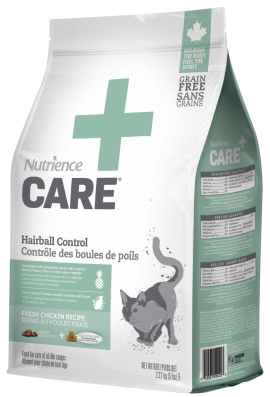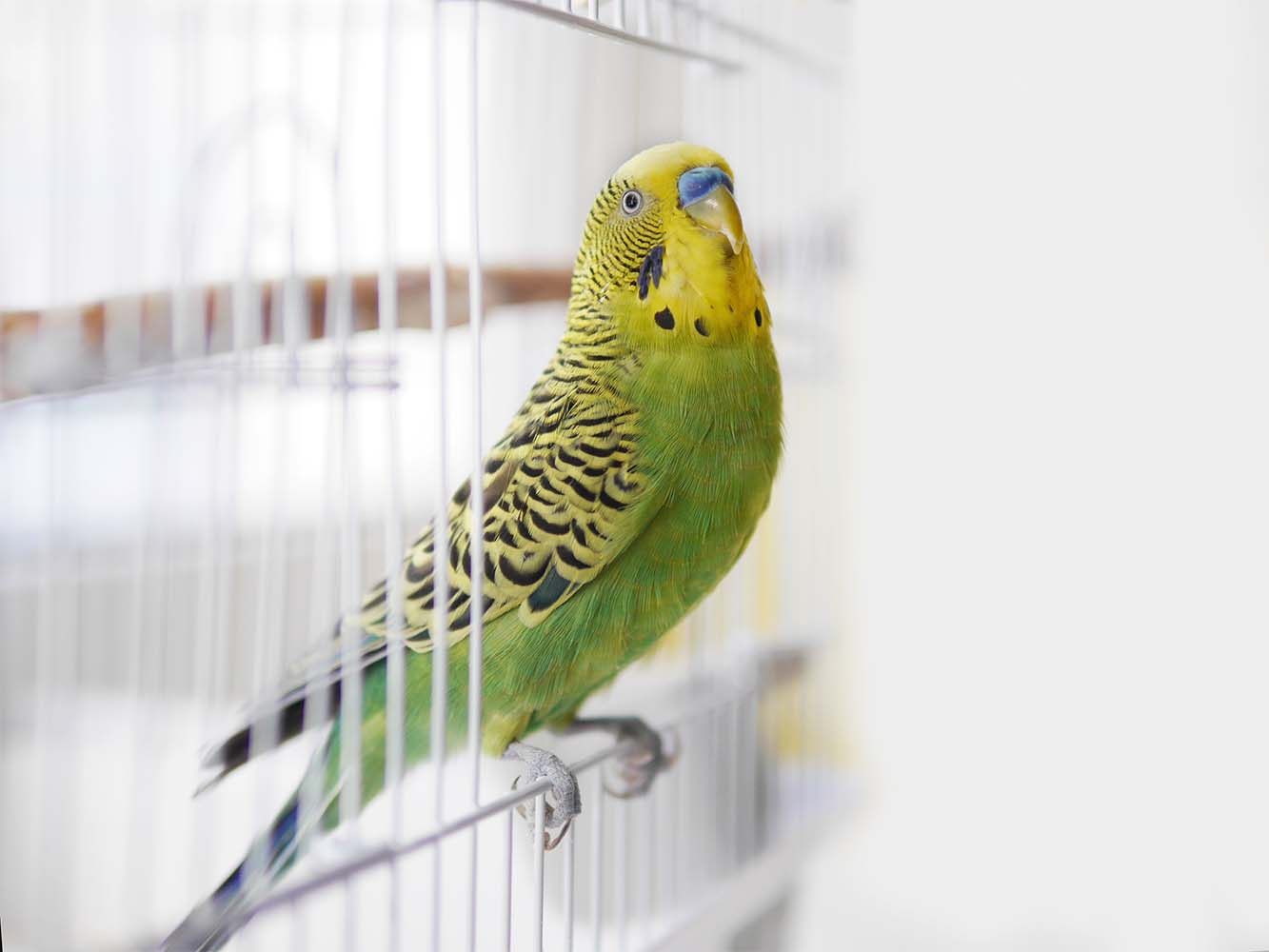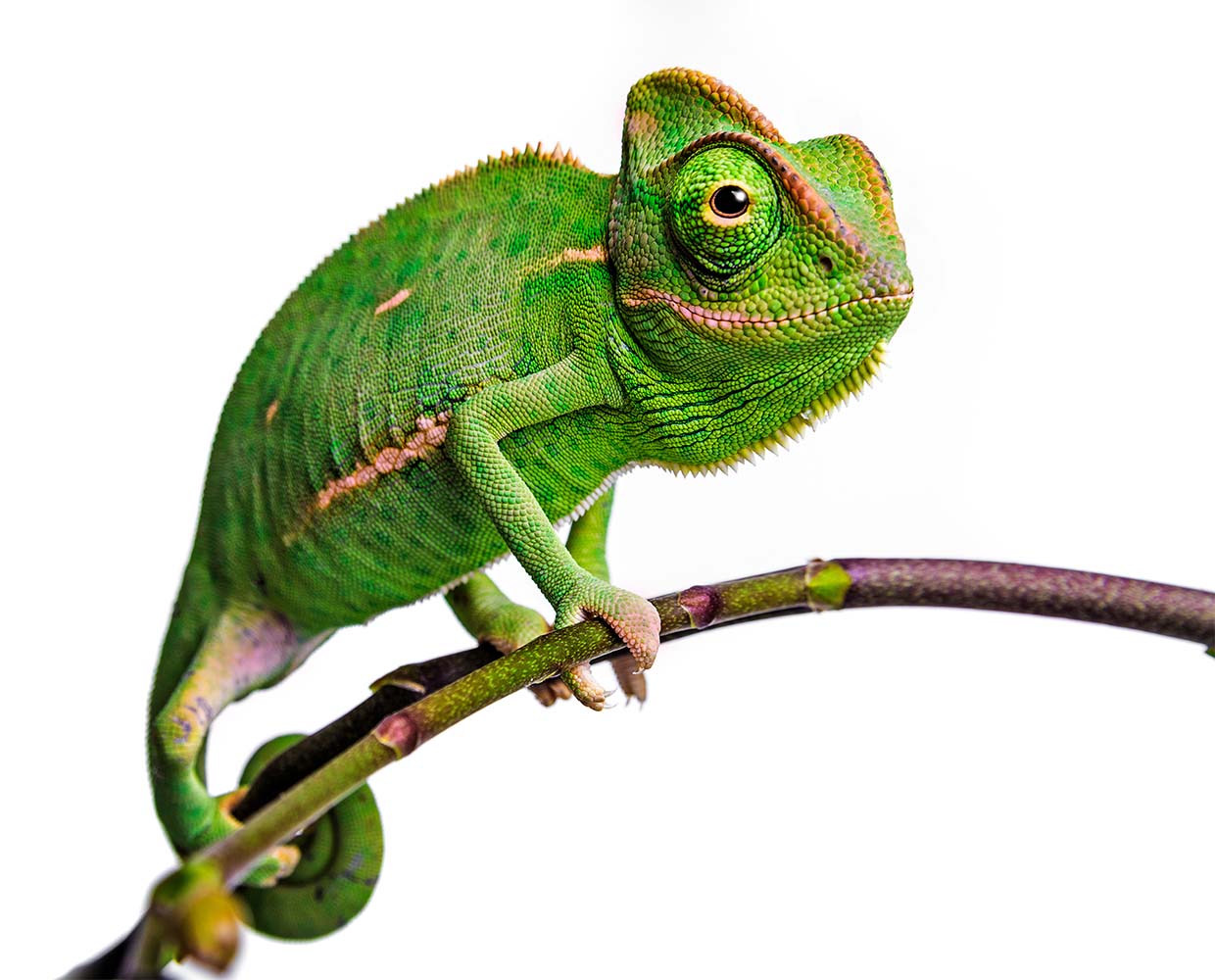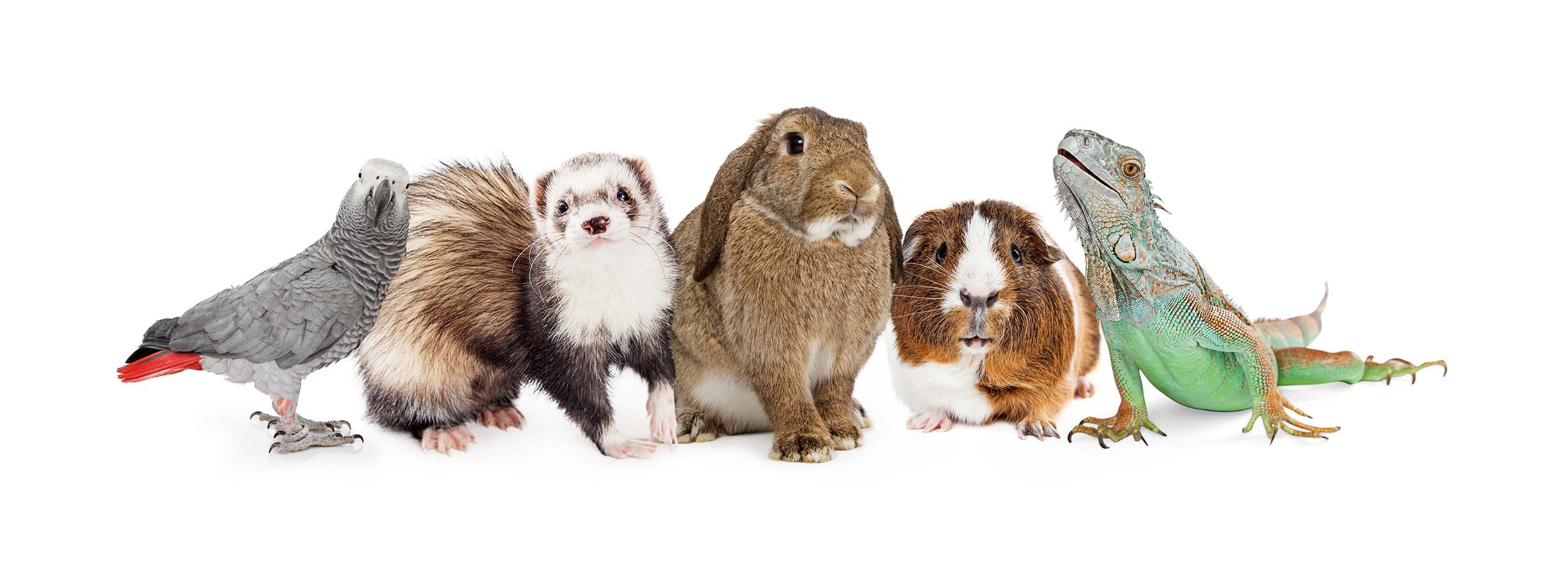
The Domestic Hedgehog: Care, Feeding, and More
Hedgehogs, with their unique spiky quills and curious nature, have steadily gained popularity as domestic pets. Originally native to parts of Europe, Asia, and Africa, these small nocturnal creatures have stolen the hearts of many pet lovers around the world. But before adopting one, it's essential to understand their care requirements, dietary needs, and general behavior.
1. Basics of Hedgehog Care
Habitat:
A hedgehog requires a spacious cage or enclosure. A minimum size of 24 x 24 inches is recommended, but bigger is always better. The floor of the cage should be solid to protect their feet from injury. Bedding made of recycled paper or aspen shavings works well. Avoid using cedar or pine as they can be harmful.
Temperature:
Hedgehogs are sensitive to temperature. A consistent environment between 72°F and 80°F (22°C - 27°C) is ideal. If the temperature drops below 70°F (21°C), there's a risk your hedgehog could attempt hibernation, which can be dangerous in domesticated hedgehogs.
Enrichment:
Provide toys, tunnels, and wheels for exercise. The wheel should have a solid surface to prevent leg injuries. Rotate toys regularly to keep your hedgehog stimulated.
2. Dietary Needs
Hedgehog Food:
Commercial hedgehog food provides a balanced diet, but ensure it's high in protein and low in fat. Check the ingredients to avoid excessive fillers.
Treats and Supplements:
Insects like mealworms, crickets, and waxworms can be given as treats. Fresh fruits and vegetables, in small amounts, can also be provided. Avoid feeding them onion, grapes, raisins, citrus fruits, and avocado.
Water:
Always ensure fresh water is available. Use a shallow bowl to prevent tipping or a water bottle designed for small animals.
3. Behavior and Social Needs
Hedgehogs are primarily solitary animals. While they might tolerate other hedgehogs, they often prefer to be alone. They're also nocturnal, so expect them to be most active during the night.
It's crucial to handle your hedgehog regularly to help with socialization. While they might be shy initially, over time, with patience and gentle handling, they can become more comfortable with their owners.
4. Health and Grooming
Quills:
Unlike porcupines, hedgehogs do not shed their quills, but they can go through a 'quilling' phase during growth where old quills fall out and new ones grow in. This can be a bit uncomfortable for them, so be gentle during these times.
Bathing:
Hedgehogs can get dirty, especially their feet. Bathe them in shallow water using a soft toothbrush to help clean their quills and feet. Use a baby or pet-safe shampoo, and ensure they're dried thoroughly afterwards.
Nail Trimming:
Their nails can grow long and require regular trimming. Use small nail clippers, and be careful not to cut into the quick.
Veterinary Care:
Like all pets, regular check-ups with a vet experienced in treating exotic pets are essential. Hedgehogs can be prone to certain ailments like mites, respiratory issues, and tumors.
Conclusion
Domestic hedgehogs are charming and unique pets, but they require dedicated care and understanding of their needs. With proper attention, a clean environment, and a balanced diet, your spiky friend can thrive and provide years of companionship and joy. Always research and consult with experts before adopting to ensure you can offer them a loving and suitable home.





